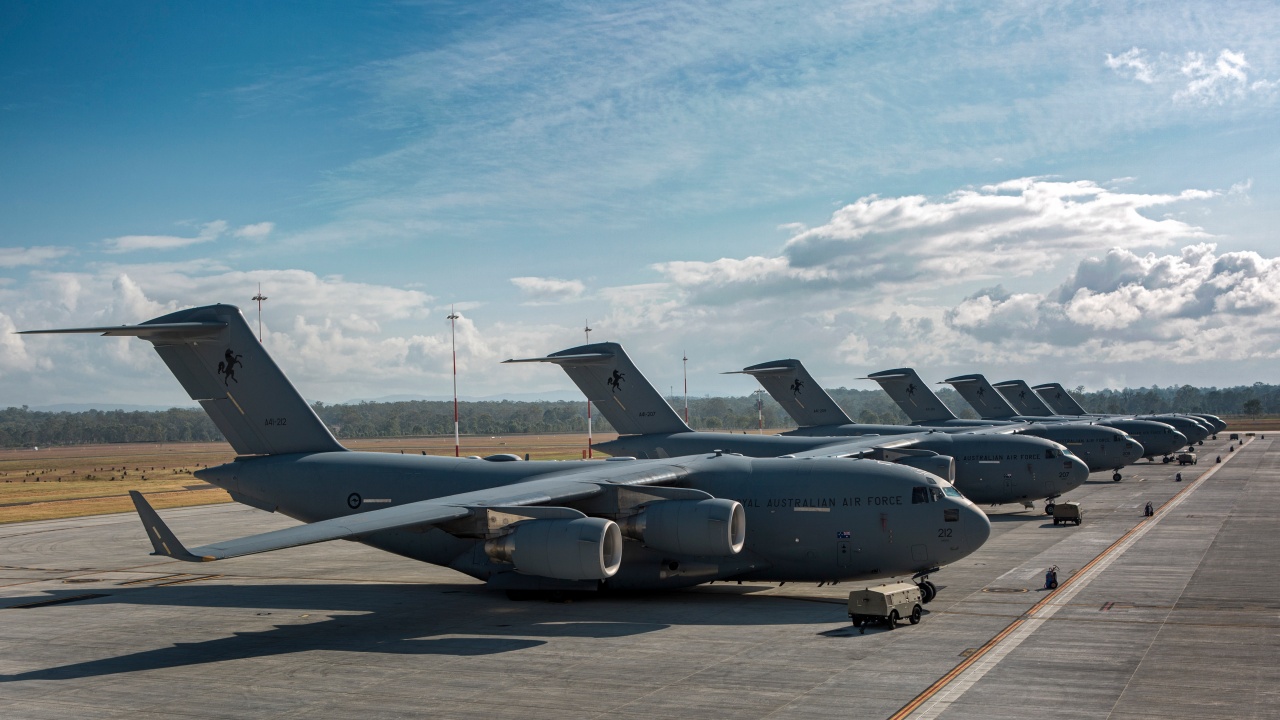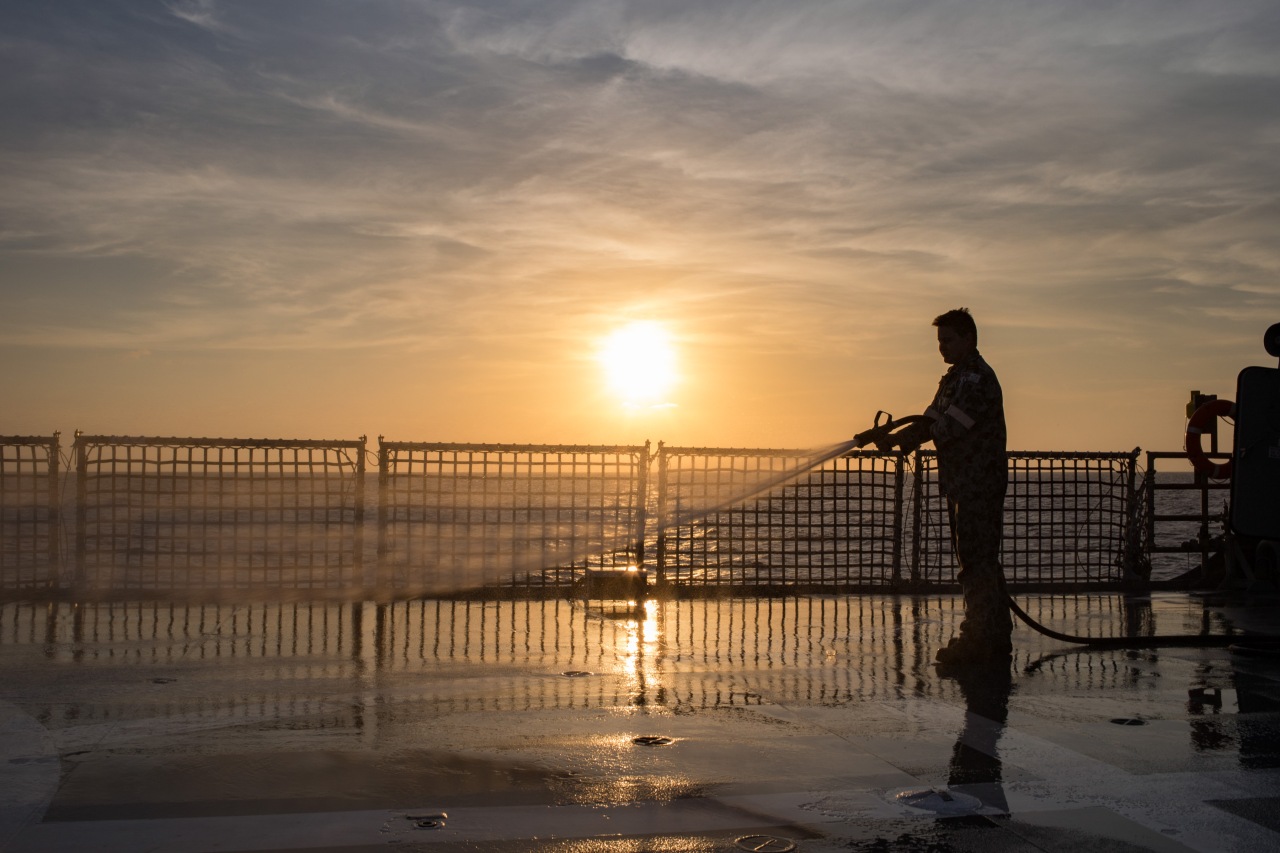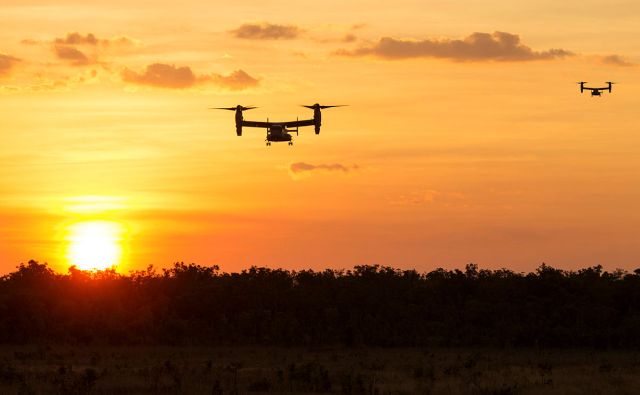Logistics In War is proud to partner with the Sir Richard Williams Foundation team at The Central Blue in publishing a series examining high-intensity operations and sustaining self-reliance.
On 11 April 2019, the Foundation will be holding a seminar examining this topic. The aim of the seminar, building on previous seminars and series looking at #jointstrike and #highintensitywar, is to establish a common understanding of the importance and challenges of sustaining a self-reliant Australian Defence Force in a challenging environment. In support of the seminar, The Central Blue will run a #selfsustain series to generate discussion and enable those that cannot attend the ability to gain a perspective on the topic.
Do you have thoughts on what #selfsustain means for Australia and its region? We want to hear from you!
Australia’s pursuit of self-reliant defence has always posed a number of challenges. However, competition – both healthy and unhealthy – in the Indo-Pacific is accelerating and intensifying, posing new tests and presenting new opportunities for the concept of self-reliance. Further, the increased sophistication and interdependencies of Australia’s defence capabilities have made self-reliant operations and sustainment more complex. The Williams Foundation seminar in April anticipates these challenges by focusing on the impact of high-intensity operations on self-reliance.
A more challenging environment demands deeper thinking and explication of what self-reliance means for Australia’s defence. Two principles appear apparent. Firstly, self-reliance must be sustainable if it is to be credible and, secondly, self-reliant sustainment must be coordinated across public and private sectors as well as with partner nations. Beyond these two principles, however, greater clarity is needed concerning the breadth and depth of sustainable self-reliance in Australian defence policy and the goals that it seeks to achieve.
Informed by clearer objectives, Australia’s self-reliance priorities must be evaluated in aggregate such that resourcing decisions can be informed by their overall impact on Australia’s freedom of action as well as their benefits for specific sectors. However, this aggregate picture is difficult to grasp when self-reliance can range from huge infrastructure projects, such as supporting the construction of new submarines, to small grants encouraging new research and development in Australian universities, through to the development of new operational logistics concepts that capitalise on emerging manufacturing techniques.
The #selfsustain series coordinated through The Central Blue, as well as the seminar, will seek to explore these issues thoroughly. Definitive answers are unlikely – but perhaps a better idea of the critical questions that must be explored will begin to emerge.
We welcome contributions leading up to the seminar to help shape the discussion, but we are also keen to read about how the seminar shaped attendees’ thinking after the event.
We encourage submissions from students, academics, policymakers, service personnel of all ranks, industry, and from others with interest in these issues
To help get you started, we pose the following topic suggestions:
- What key insights regarding sustainable self-reliance can be drawn from previous conflicts and operations?
- What are the impacts of Australia’s geography for sustainable self-reliance?
- What role do domestic industry and commercial enterprise play in self-reliance?
- What aspects of Australian Defence Force capabilities and operations should be priorities for sustainable self-reliance?
- What roles should sustainment and enabling of partners play in Australian concepts of self-reliance?
- In what areas can sustainable Australian self-reliance best contribute to partner relationships?
- Is mutual or collective self-reliance within an alliance possible?
- How do emerging technologies potentially enable or disrupt sustainable self-reliance in Australian?
- How does the introduction of advanced technology systems affect self-reliance?
- What are the unique challenges of sustainable self-reliance in a knowledge economy and for Information Age warfare?
- What workforce challenges does self-reliance pose?
- In what areas can sustainable Australian self-reliance best contribute to partner relationships?
We hope these suggestions provide some food for thought and prompt some discussion. We would love to hear your ideas on what issues should be explored as part of the #selfsustain series. If you think you have a question or an idea that would add to the discussion or know someone who might, contact us at thecentralblue@gmail.com.
Alternatively, you can always contact logisticsinwar@outlook.com. And remember – this issue matters to logisticians and commanders of all Services, and the questions answered in the context of many different militaries.
This editorial was originally published at The Central Blue, and has been slightly modified to suit this format.







